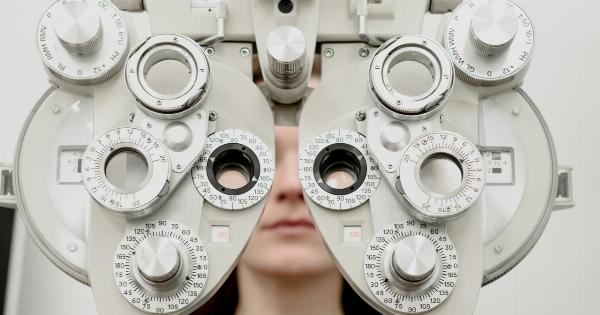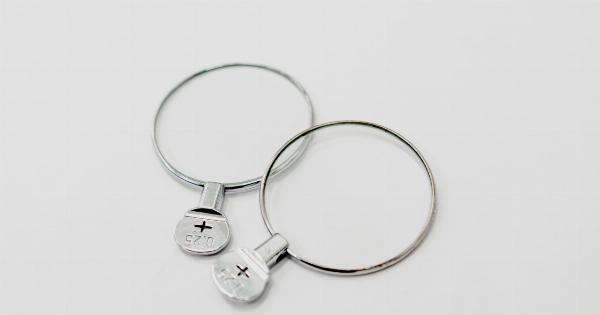Myopia, commonly known as nearsightedness, is a refractive error that affects a significant number of children globally. It is characterized by blurred distance vision, while near vision remains relatively clear.
Over the past few decades, myopia prevalence has been on the rise, especially in Asian countries like China, Singapore, and Taiwan. As the incidence of myopia continues to increase, the need for efficient and effective screening methods becomes crucial. In this article, we will explore the next-generation screening techniques for pediatric myopia and their potential implications.
The Growing Concern of Pediatric Myopia
Pediatric myopia is a widespread concern that has gained attention due to its increasing prevalence and associated complications.
Studies have shown that myopia develops during childhood and progresses until the growth of the eye stabilizes, usually in the late teenage years. However, high myopia, which refers to a severe form of the condition where the prescription is greater than -6.00 diopters, can lead to a higher risk of sight-threatening conditions later in life, such as retinal detachment and myopic maculopathy.
Traditional Screening Methods
Traditional screening methods for myopia in children involve visual acuity tests using a Snellen chart or a logMAR chart. These tests measure the clarity of vision at a specific distance.
While these methods are widely used and accessible, they have several limitations. Visual acuity tests depend on the child’s cooperation, and younger children may not accurately report their vision problems.
Moreover, these tests only provide a measure of the child’s visual acuity at a specific distance and do not give a comprehensive evaluation of the extent and progression of myopia.
Next-Generation Screening Technologies
Advancements in technology have paved the way for next-generation screening methods that enable early detection and monitoring of myopia in children.
These innovative techniques provide a more comprehensive assessment of myopia and help identify children at risk of rapid progression.
1. Autorefraction
Autorefraction utilizes an autorefractor, a device that measures the eye’s refractive error automatically without requiring precise responses from the child.
The device emits a beam of light into the child’s eye and analyzes the light reflected from the retina to determine the refractive error. Autorefraction provides an objective measurement and is particularly useful for screening young children who may not be able to accurately respond to traditional methods.
2. Photorefraction
Photorefraction is a non-invasive screening technique that uses a handheld device to capture images of the child’s eye. The device analyzes the images to estimate the refractive error.
This method is quick, requires minimal cooperation from the child, and can be performed by non-specialist healthcare professionals. Photorefraction is especially useful in settings where access to advanced ophthalmic equipment is limited.
3. Corneal Topography
Corneal topography is a diagnostic technique that maps the curvature of the cornea, the transparent front part of the eye. This method can help identify corneal irregularities that may contribute to myopia progression.
The corneal topography data, along with other clinical measurements, can assist in predicting the future development and progression of myopia. This technology is particularly helpful when assessing children who exhibit signs of faster myopia progression.
4. Optical Coherence Tomography
Optical Coherence Tomography (OCT) is a non-invasive imaging technology that provides high-resolution cross-sectional images of the eye. OCT has proven to be valuable in detecting subtle changes in the retina and other structures in the eye.
By analyzing the images obtained through OCT, eye care professionals can detect early signs of myopic maculopathy and other sight-threatening conditions associated with high myopia.
5. Wavefront Analysis
Wavefront analysis measures the irregularities in the eye’s optical system and provides a detailed assessment of the eye’s focusing abilities.
By analyzing the wavefront data, eye care professionals can determine the specific aberrations present in the child’s eye. This information can aid in designing personalized spectacle lenses or contact lenses to optimize vision correction for children with myopia.
6. Genetic Screening
Genetic screening involves analyzing specific genes associated with myopia to identify individuals who are genetically predisposed to the condition.
Recent advancements in genetic research have identified various genetic markers linked to myopia development and progression. Genetic screening can help identify children at higher risk of developing myopia and allow for early interventions.
Advantages of Next-Generation Screening
The implementation of next-generation screening methods for pediatric myopia offers several advantages over traditional methods. These advantages include:.
1. Early Detection and Intervention
Next-generation screening techniques enable early detection of myopia and allow for timely interventions.
Early detection increases the likelihood of implementing preventive strategies, such as low-dose atropine eyedrops or orthokeratology, which have shown to slow down the progression of myopia in children.
2. Objective Measurements
Next-generation screening methods provide objective measurements, reducing the reliance on subjective responses from young children and increasing the accuracy of the assessment.
This eliminates potential errors resulting from inaccurate reporting or miscommunication.
3. Comprehensive Evaluation
The advanced imaging capabilities of next-generation screening technologies offer a more comprehensive evaluation of myopia.
Eye care professionals can assess various factors contributing to myopia progression, such as corneal shape, retinal health, and genetic predisposition. This information helps in developing personalized treatment plans.
Conclusion
The next-generation screening technologies discussed in this article demonstrate significant potential in revolutionizing the screening and management of pediatric myopia.
These innovative methods provide more accurate and comprehensive assessments of myopia, allowing for early detection, personalized interventions, and better long-term outcomes for affected children. As these technologies continue to evolve, their widespread adoption can help address the growing concern of myopia and mitigate its associated complications.






























